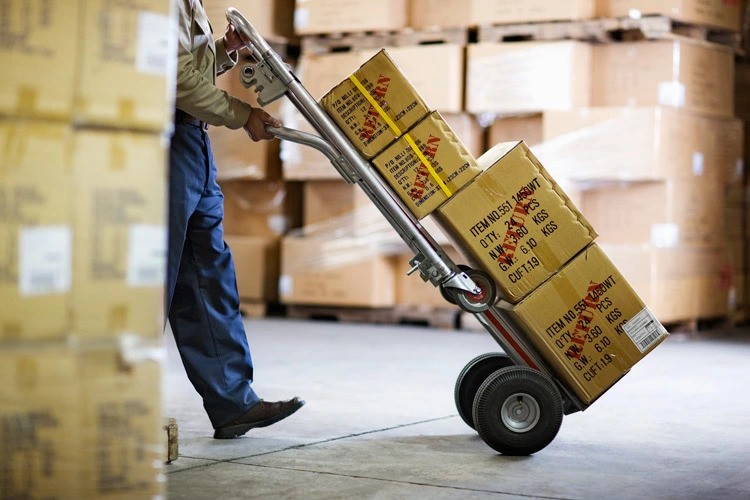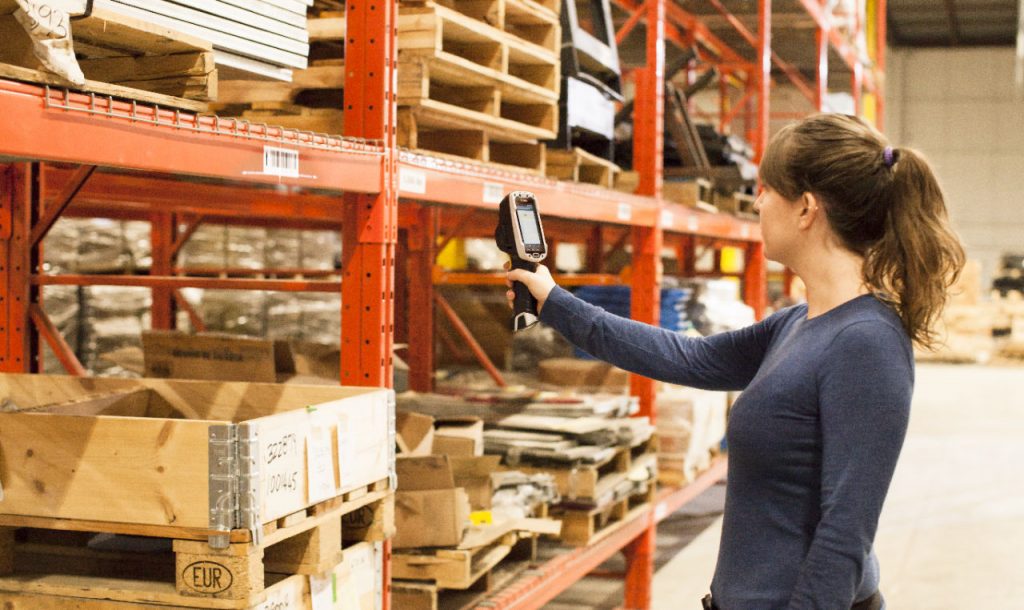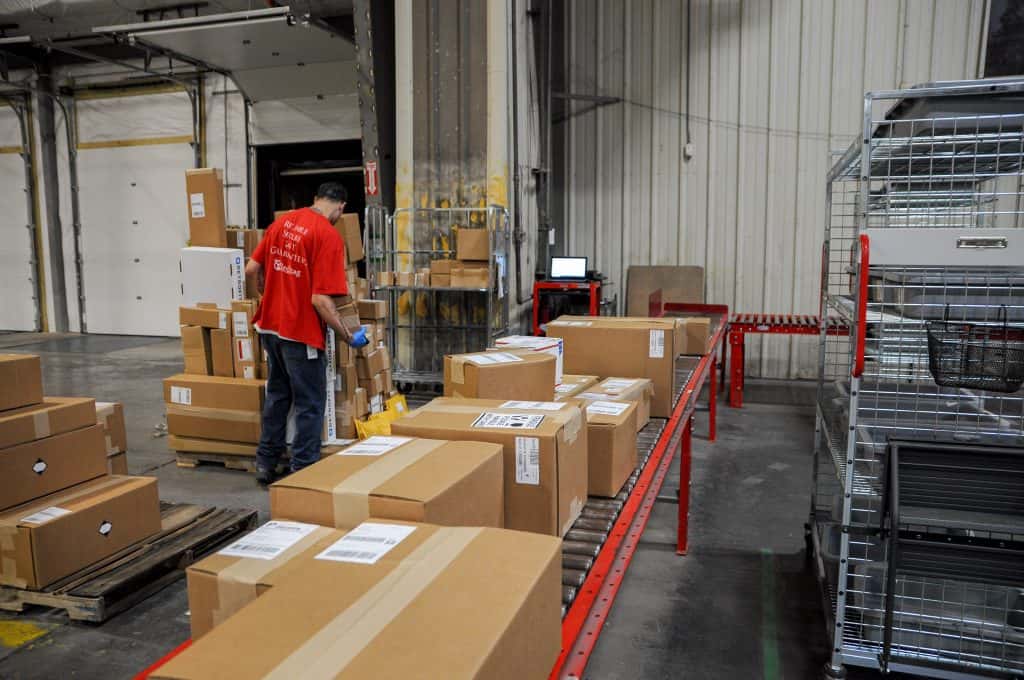As a company, you must always look to innovate to keep your customer engaged and interested in your product or services. At the same time, you should not forget to focus on the basics, one of which is the returns and exchange services available to your customer. Any customer would be more inclined to shop at a store with the return/exchange policy compared to a place without this policy.
As many companies provide this service, you are also forced to provide this service up to a certain limit. Now, as a business, you must think about whether returns and exchanges are feasible for you or not. If you are providing this service then how is it impacting your revenue? Because it will certainly. So let us take a look at some strategies that will allow you to avail the return/exchange service and also make a profitable impact on your revenue. A win-win situation for you and the customers.
Strategies For More Profitable Returns and Exchanges
A few strategies in place could help your company to save money on returns and exchanges. We all know it impacts the revenue of a company to process a return. Now some brands also provide “Free Returns” but can you afford that? Let us take a look at a few strategies that can help you control the impact on your revenue when a customer requests a return/exchange. You can take a look at the Home Depot Return Policy which will help you know what type of Return and exchange or refund policy works.
1. Determine the return cost to the company
It is crucial that you keep a check on all the small charges that incur when a customer requests a return. Start with understanding what kind of cost is being incurred. To start with:

- Inbound processing: This includes the cost for customer service for the return, receiving a return, putting the product back in the inventory, etc.
- Outbound processing: This includes the cost to arrange the pick up of the return, the shipping cost, the packing of the replacement item, and the delivery of the replacement item.
- Refurbishing: Especially apparel that requires work after the return to prepare it again for a sale.
- Damaged Product: Some products will be returned damaged, so this cost is also important to note.
After you are aware of the cost incurred to the company when there is a return. You can go ahead and think of a way to reduce the cost of your return. If your item is not useful to you after a return, you can instead allow customers to keep the product themselves, this can save you the cost of return shipping and more.
2. Determine the return rate
Understand what is the return rate of your product and how you can lessen it. To start with understanding the reasons customers are returning your product, then work on it or try to avoid such situations. For example, if your customer is returning a product because it is not at all how it is shown in the image online on your website, then your measure should be to improve the images on your website to avoid returns for such an issue.
3. Replace manual work with technology

With technology there is very less chance for error and the process would be much faster. This would also save you labour costs. Now, these technologies need not be very advanced to be helpful. You can simply use technology like a barcode. Use the barcode to process the return. So once you receive the product scanning the bar code will simply give you the customer details which could save you so much time.
4. Operational Planning
Better planning for your returned product can help you reduce the cost. For example, what if when the item is returned you directly send it for refurbishment within the same factory. This will allow you to fulfil your orders as well, you can directly send the returned product to another customer in line. It will save a lot of time and make your process efficient because of how quickly the product is being refurbished for resale.
5. Functional Planning

It is vital for any company accepting returns that they have proper space planning. This means you must have a plan to utilize your space in the most efficient way. If one factory has a space to manufacture the product, hold the product, refurbish the product, and also hold the returned product. The complete process becomes much smoother.
In Conclusion
So with this, we hope everyone understands that there is no way you will be able to eliminate the whole cost for a return. Well yes, not availing of return or exchange can eliminate the cost completely but it will also lose your customers because ultimately you are taking away their flexibility to shop. So you must make smart decisions and try to minimize your return cost.




Recent Comments